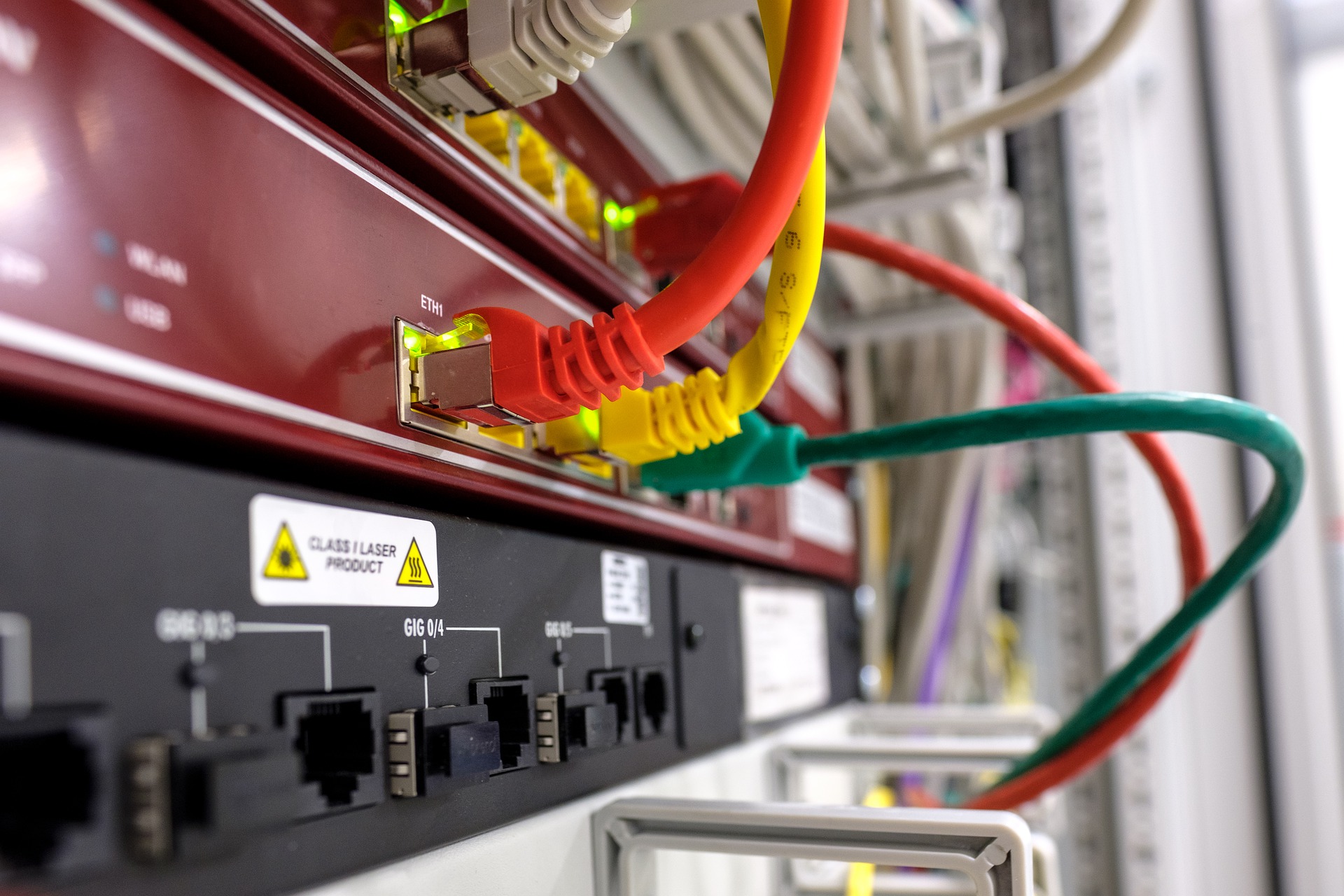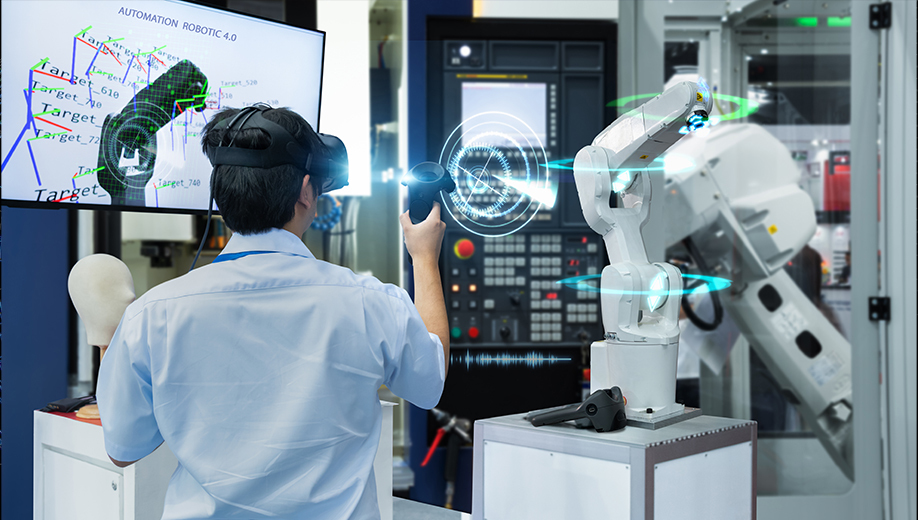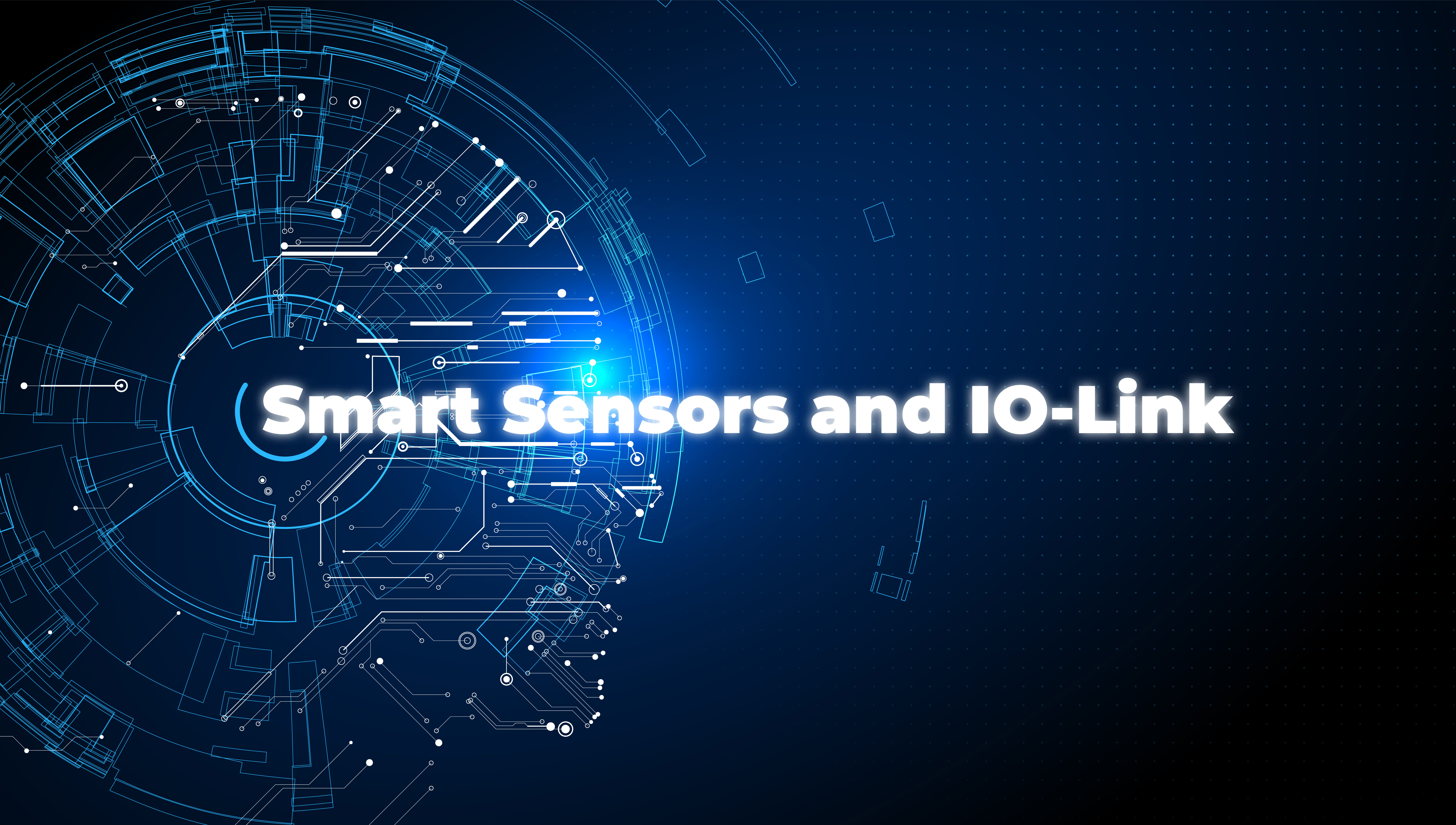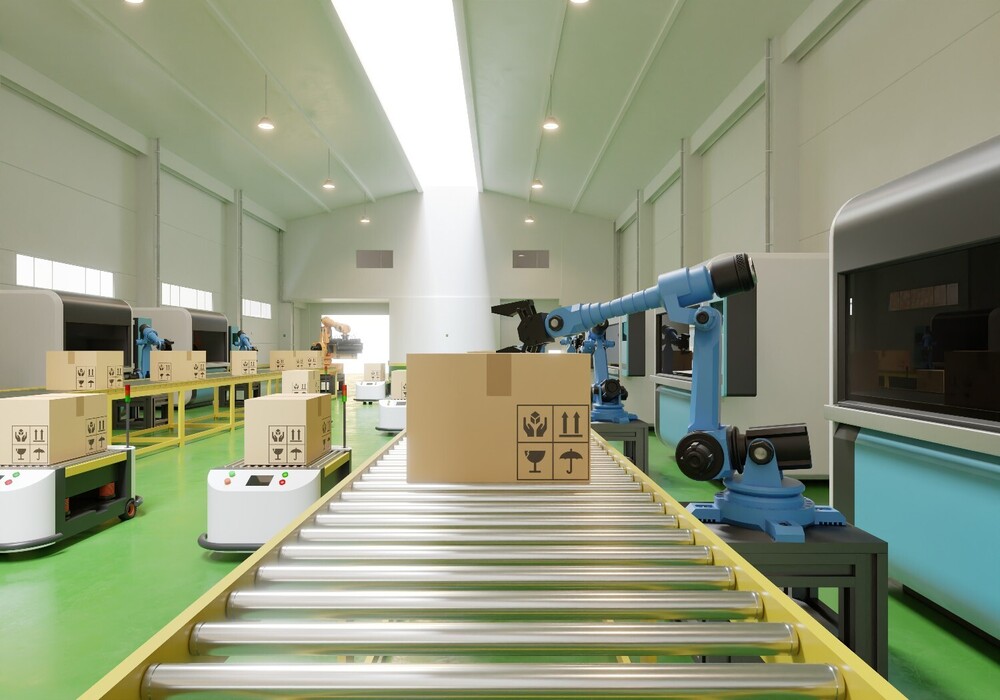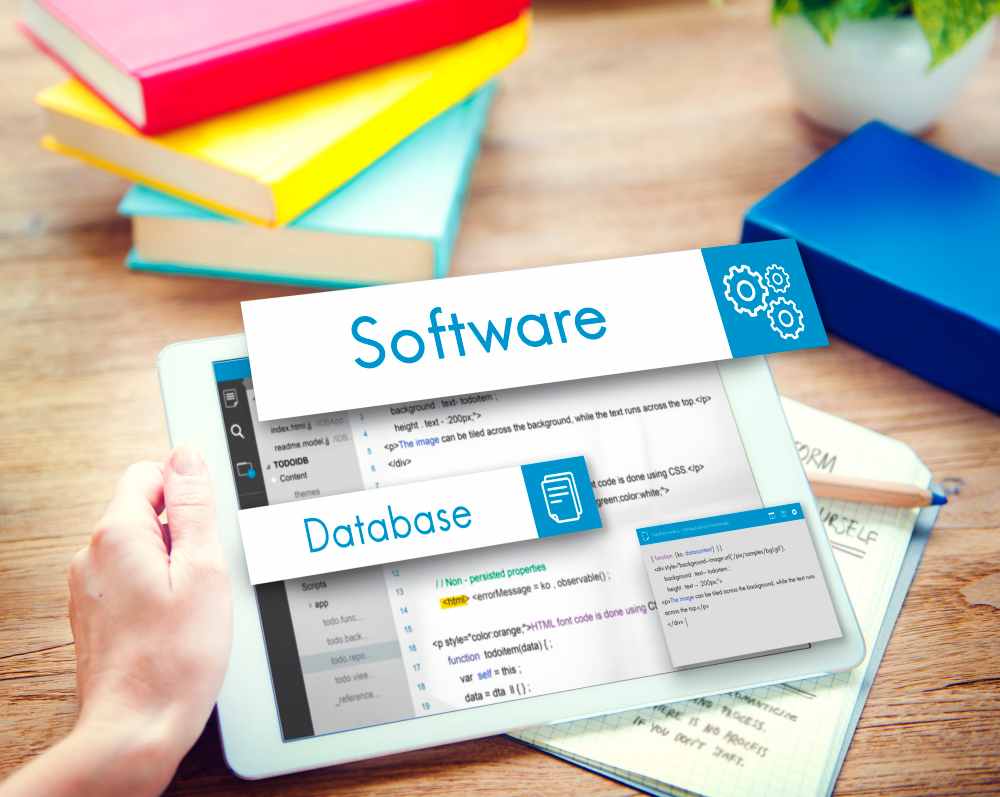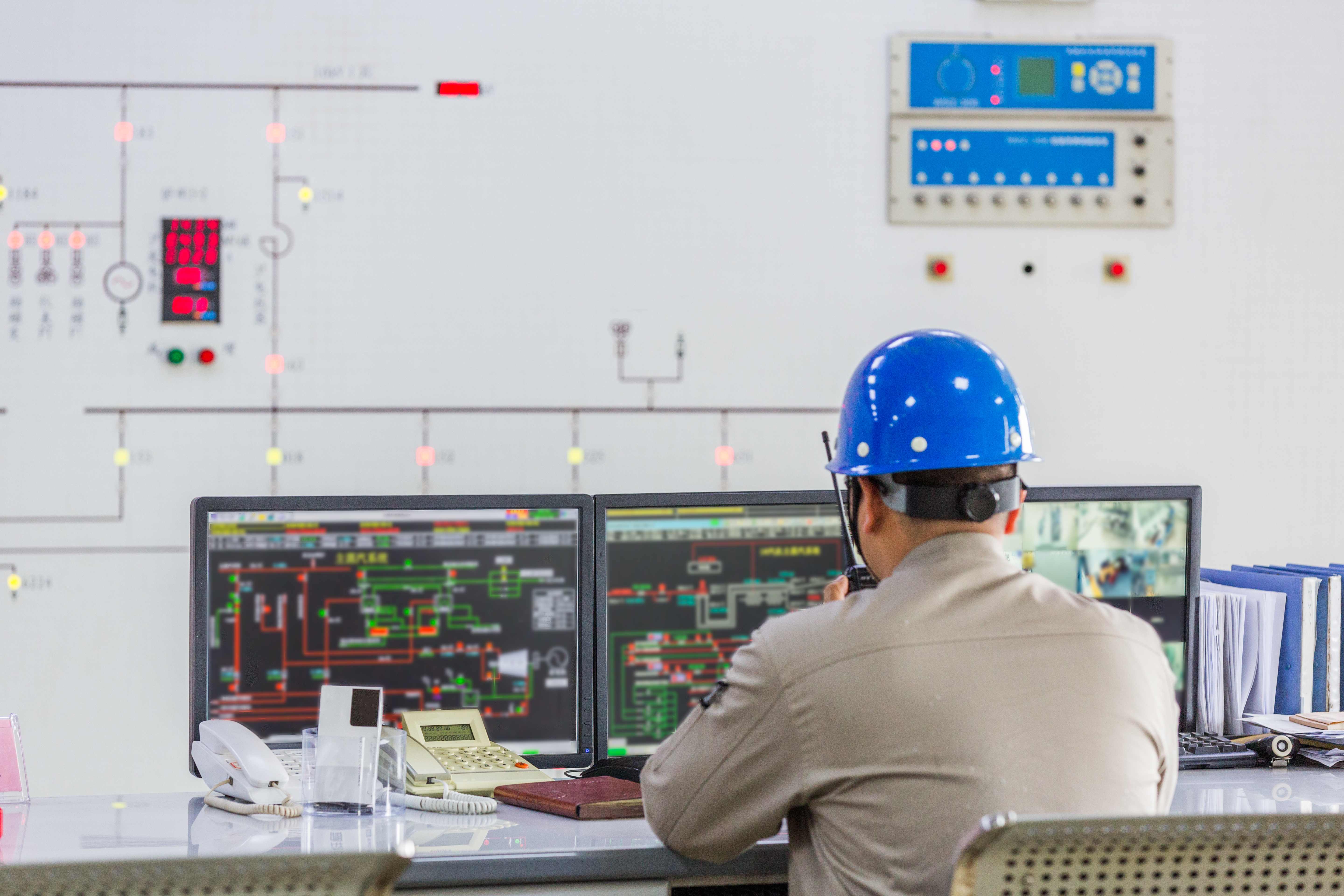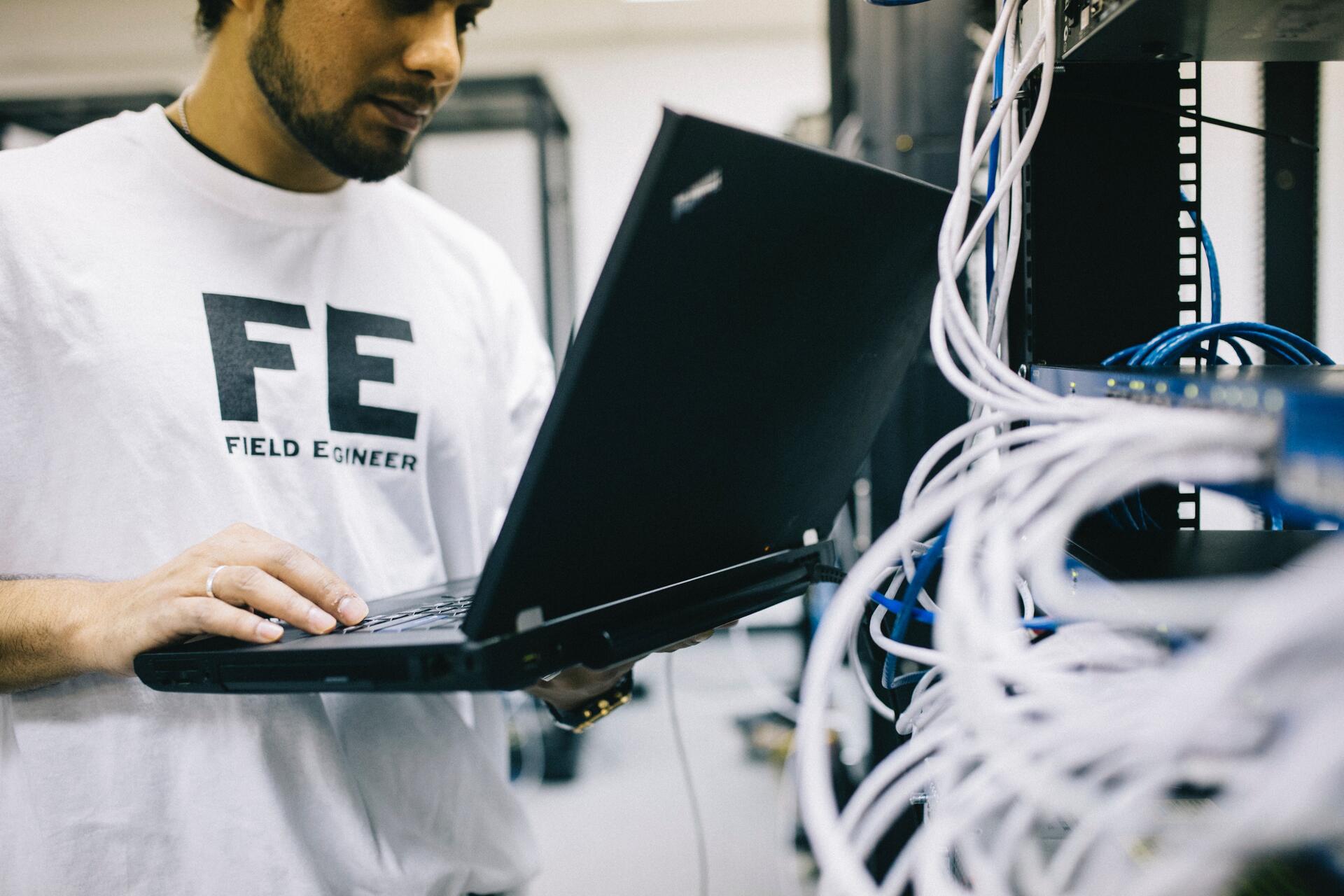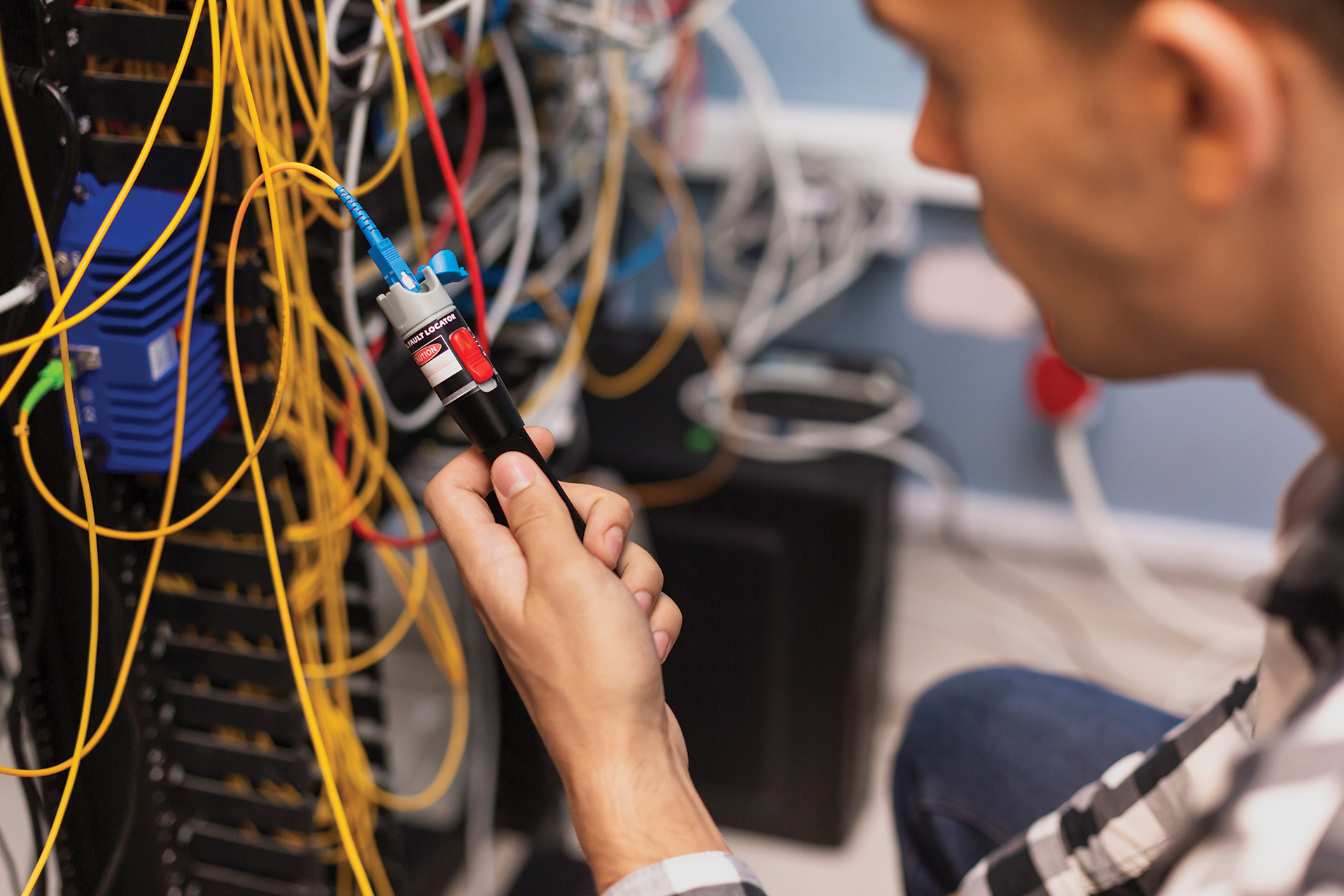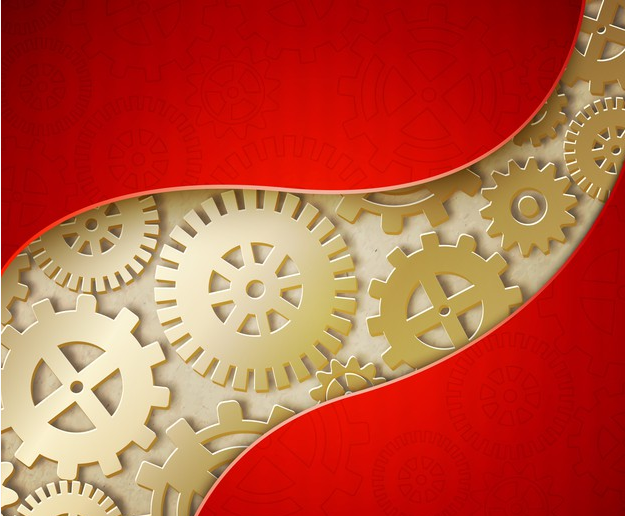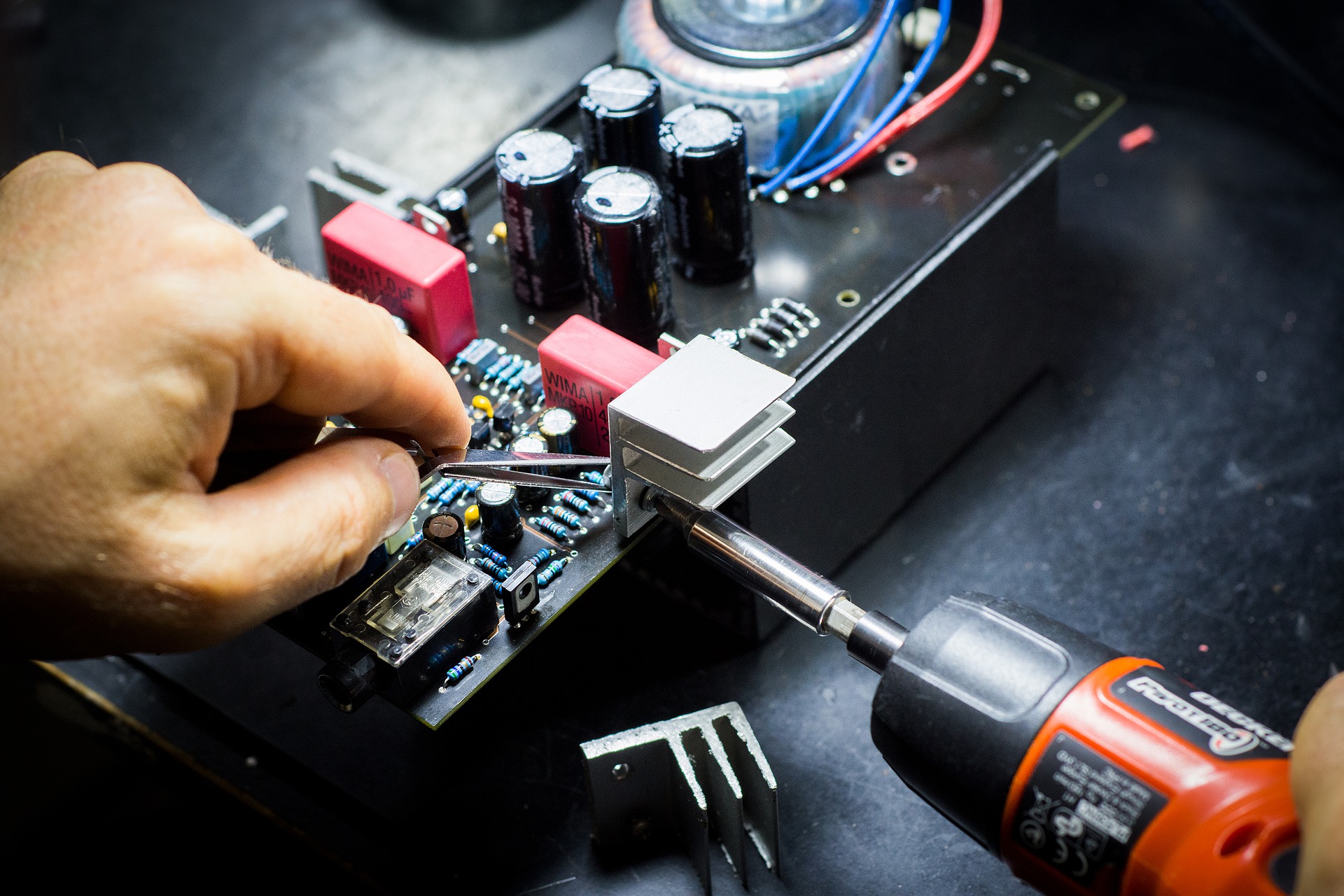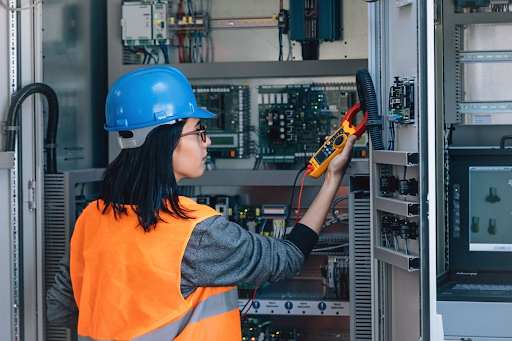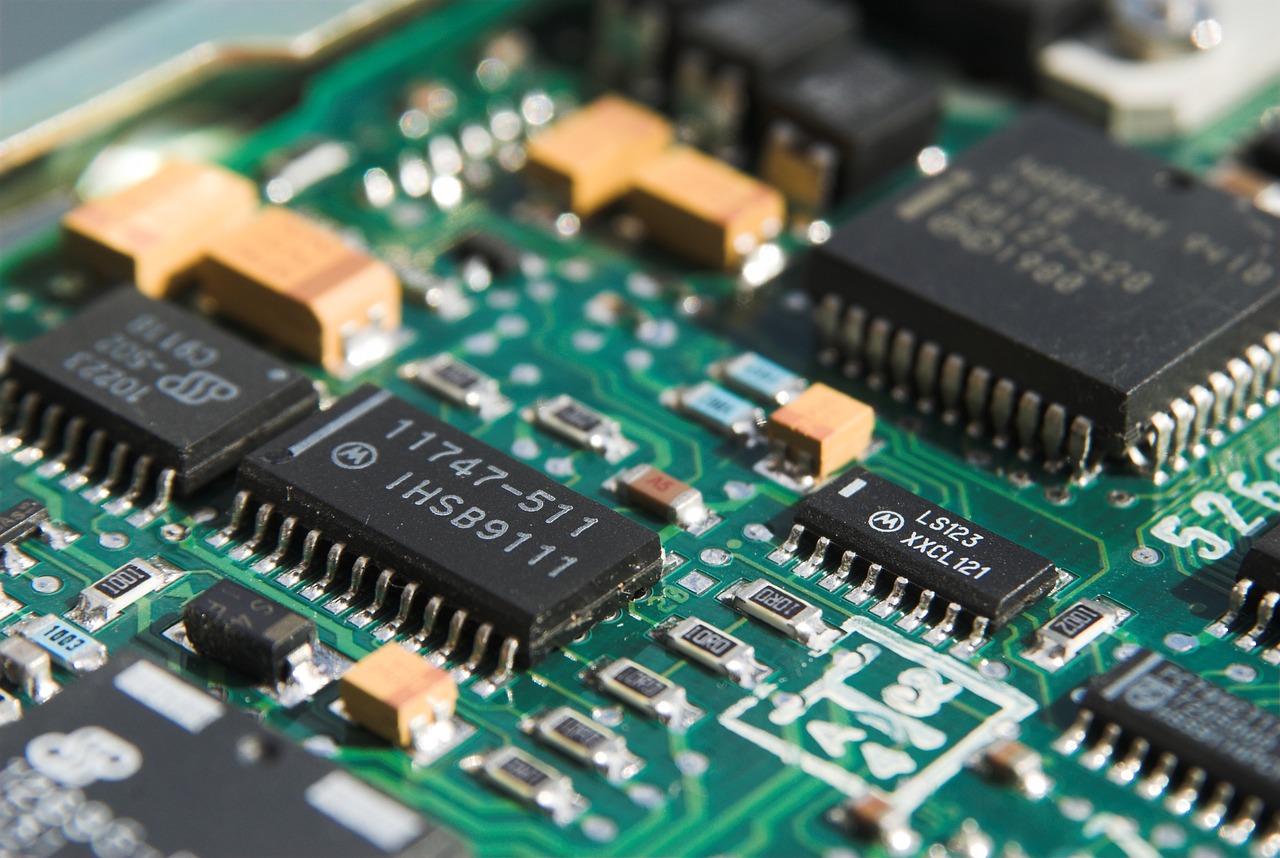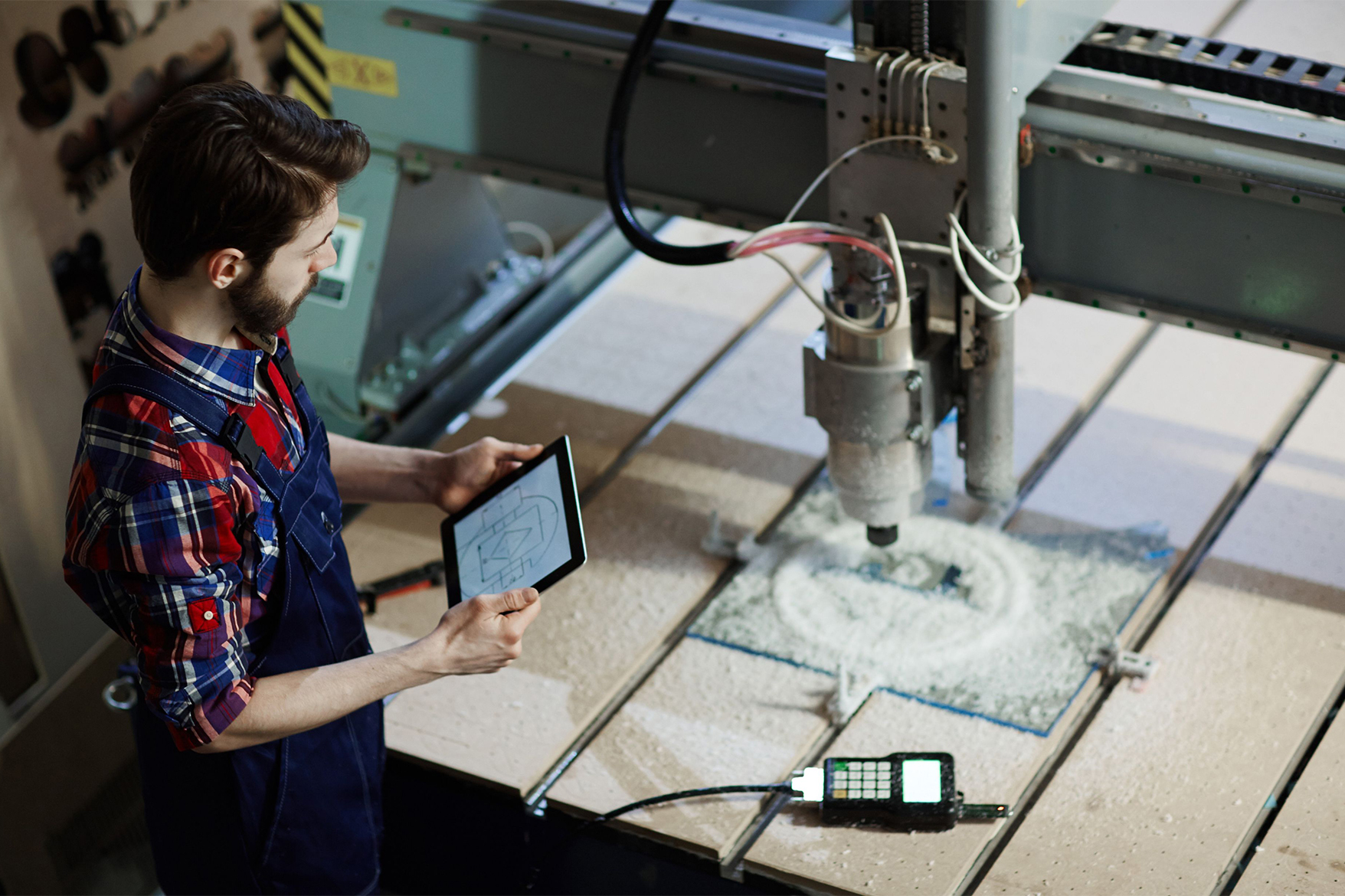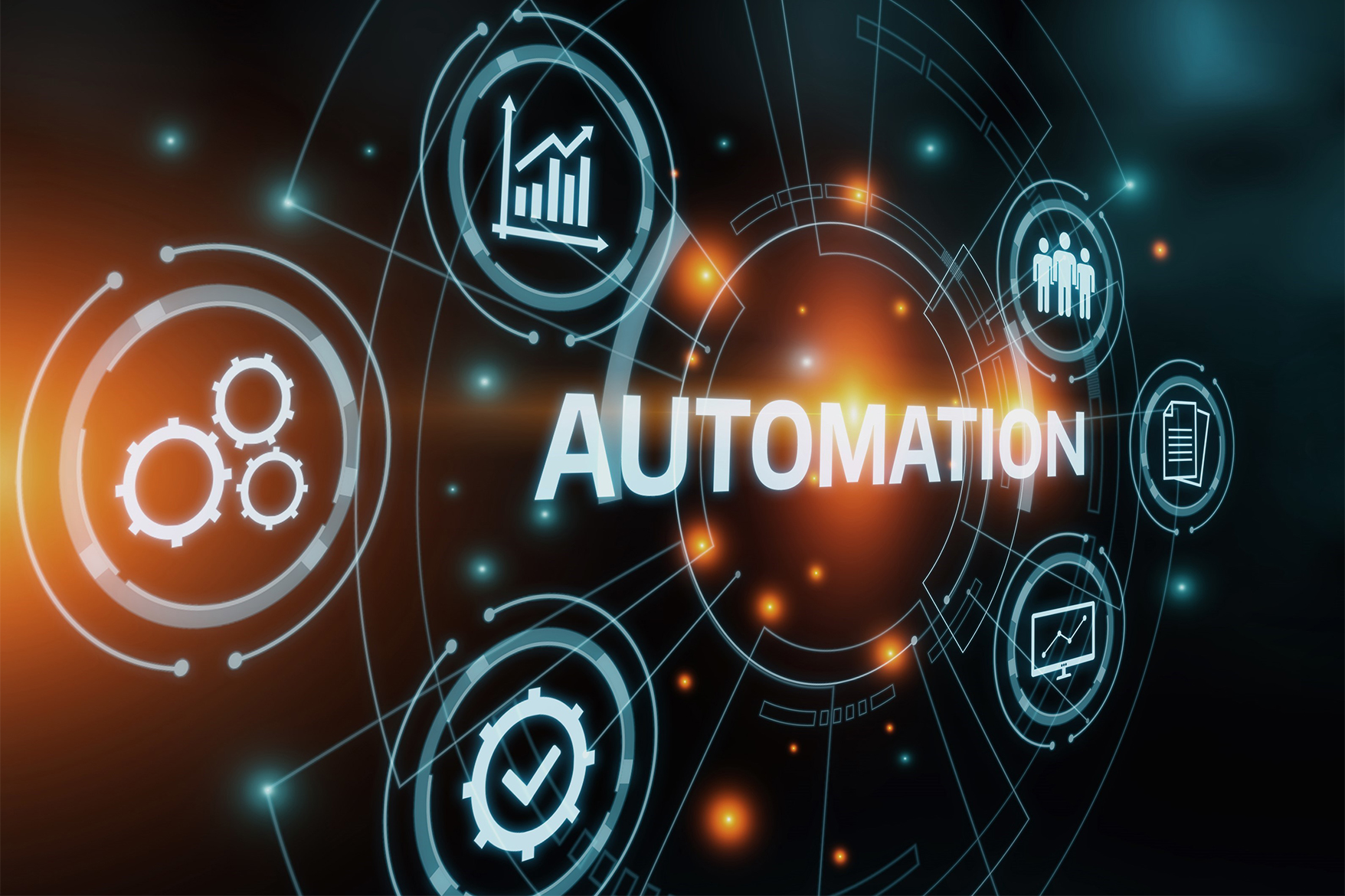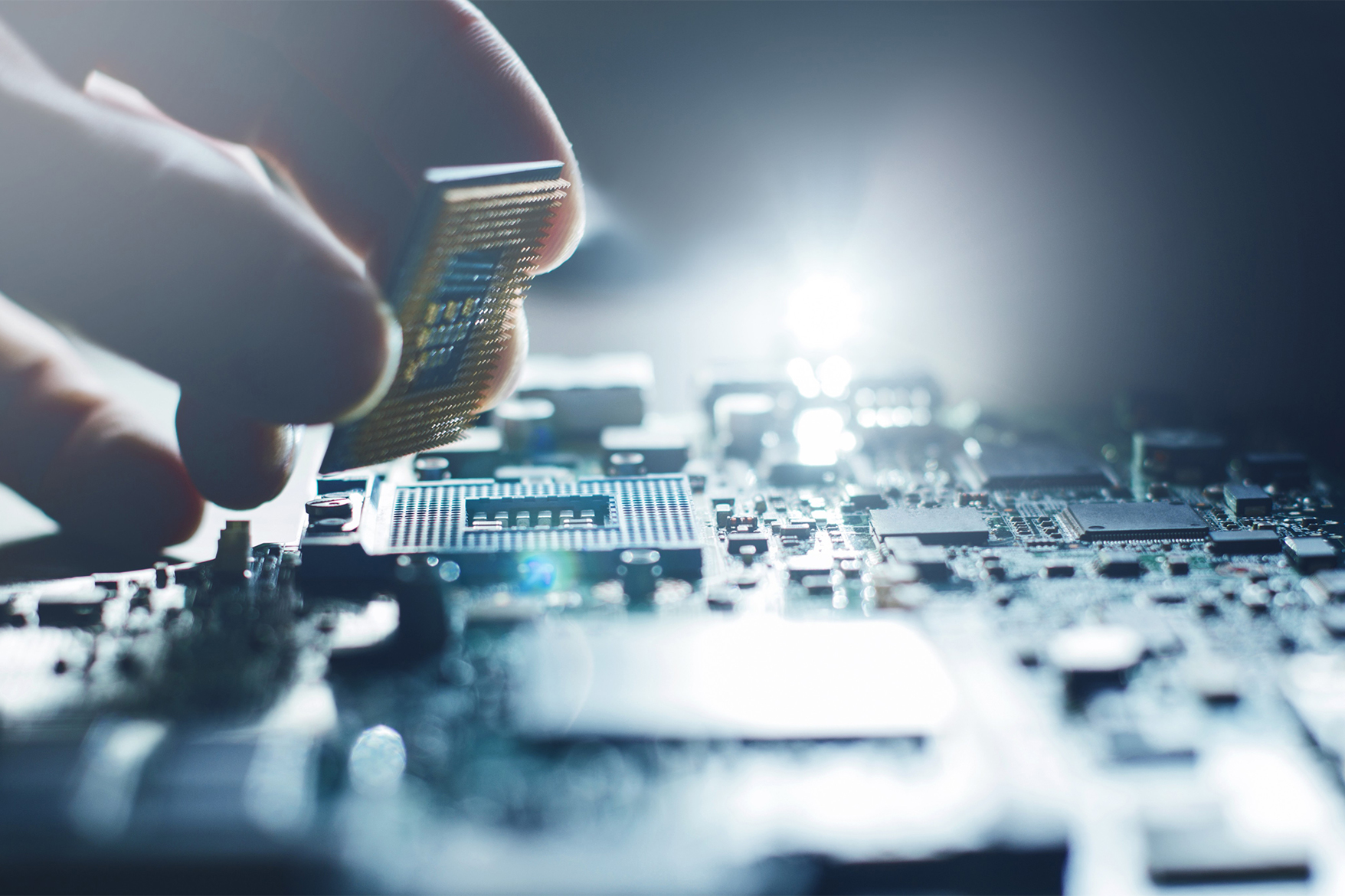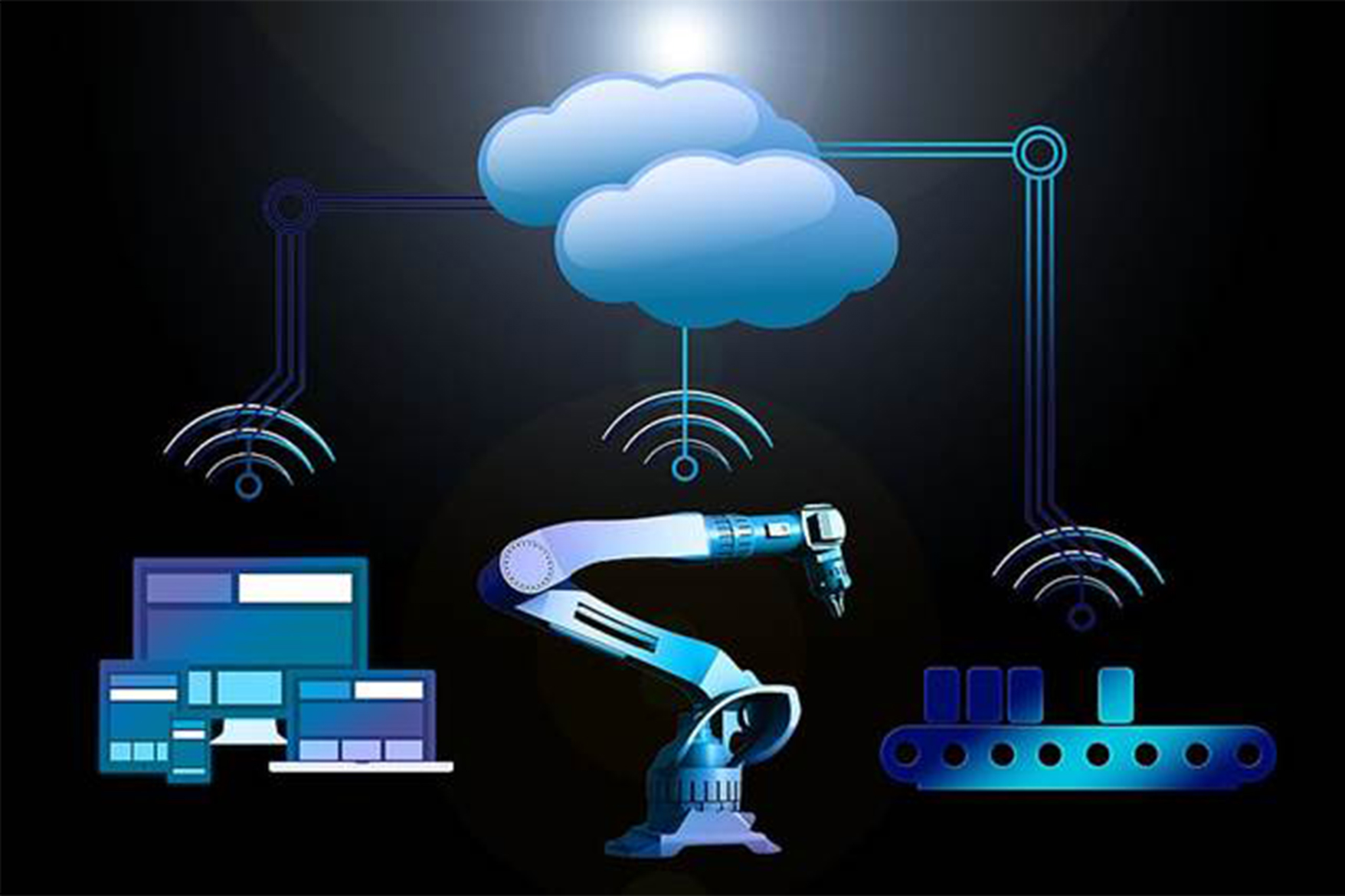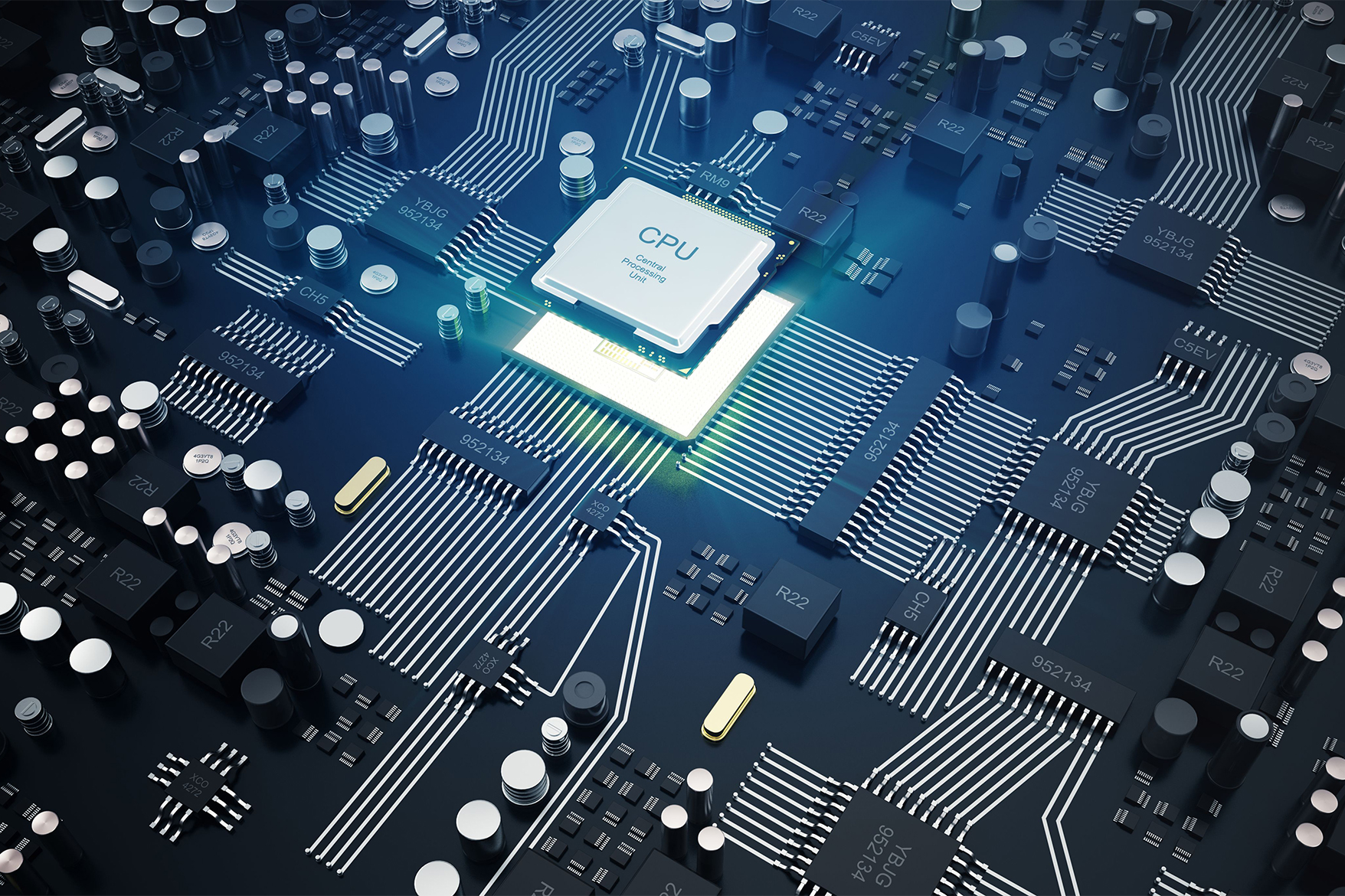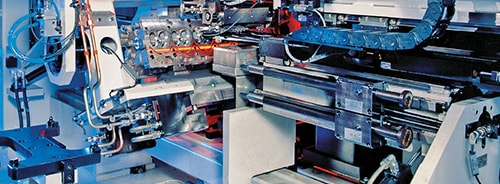Smooth IIoT operations go far beyond deploying smart devices and flawless networking capabilities. To harness the power of IIoT with multiple edge devices scattered over distributed locations, an edge device manager solution is highly crucial. These edge device managers not only automate the firmware, software, and security patch updates, but also enable secure provisioning, and much more that save operational expenses a big time.
Therefore, it is important to pay attention while choosing the right Edge Devices Manager for your IIOT network.
Edge device management in IIOT setup is of the utmost importance as it has been rapidly evolving, and the edge device/stack vendors are struggling to match the pace of device management requirements. While choosing a right edge device manager for your IIOT network, make sure to check the device management platform’s ability to ensure a future-proofing IIoT ecosystem.
IIOT devices are evolving at an unprecedented rate as more and more devices are anticipated to join. This blog is everything you need to know about selecting the right edge device manager for your IIOT network.
Why do I Need Edge Devices in Industrial IoT?
As IIoT projects are maturing and spreading across multiple avenues in the automation arena, most of the use cases like resources industries, smart cities, supply chain, logistics, etc., will require multiple edge devices to gather the field information. However, these edge devices should be maintained and optimized to make sure they operate smoothly. Edge devices in IIOT can ensure the complete automation of the devices and let users know to find recharging points and take that action.
Since industrial automation is predicted to be the significant growth driver of edge devices, having a dedicated edge device management solution is imperative.
Selecting the Best Edge Platform
For industrial enterprises, getting crucial field data is highly important, which becomes a lot easier with edge platforms working as the middleware. Nonetheless, selecting the right edge stack that fits your business needs and enables seamless communication, efficient data processing ability, and real-time responsiveness, depends on variety of factors. Read below. Since technology innovations are rising, industries need to monitor, control, provision, and debug large-scale IIoT edge deployments. Businesses looking to take their IIoT success to the next level must select an IIOT device management platform at the start of their IIoT journey. Look for the following edge device capabilities for your IIoT success:
- Device compatibility: Some devices will be broadly compatible, while a few will be universally compatible. You need to evaluate what kinds of devices you will use the and make sure that the edge platform is capable to support those devices and upcoming device versions as well.
- Configuration & Control: Your edge platform should be able to remotely rollback the devices to enable them to recover from errors. To maintain the device’s security, the edge platform should remotely provide commands to update the firmware, implement new features, and fix any glitch or bug that can hinder the devices.
- Easy Provisioning: Your edge device manager should be able to on-board new edge devices with least time required for complex configurations. Not just this, but the ability to manage the device lifecycle (security patches, firmware updates, etc.) remotely.
- Authentication Provisions: To safely integrate IIoT device management into your platform, make sure you establish your device’s identity. This is to make your device know that they can trust and rely on that device to check for faultiness and hacking whenever it connects to your cloud-hosted service.
- Monitoring and Diagnostics: To get maximum benefits from an IIoT system, you need to make sure every edge device is operating to its full potential. Whenever an edge device goes down, it can disturb the entire process along with business results. So, have precise and speedy diagnostics to catch bugs and devices when they’re down.
- Remote Upgrades: The right edge device management solution should be able to support all the activities related to troubleshooting, upgrading, updating, etc., remotely with one click.
- Support for Connectivity Protocols: All IIOT edge devices gather data and communicate via IIoT protocols. The edge manager you are going to choose should be able to support all the popular communication protocols.
- Edge Device Health Monitoring: As the complexity of the edge devices grows, it is more difficult to evaluate and recognize the device bottlenecks in IIOT environment. Your EDM solution should quickly identify system bottlenecks in the edge device and configure the system accordingly in near real-time.
- Interoperability: Your edge device management solution should have Interoperability between legacy and modern devices and multiple IoT platforms from different vendors.
Conclusion
Deploying an edge device management platform at the design state enables manufacturers to plan out the large-scale distribution and avoid costly fixes in later stages. Your platform choice depends upon your business model, your resources, and the type of device you are trying to build. Partnering with an experienced edge device management solution provider enables organizations to speed up their IIoT journey and implement a highly reliable device management solution for the entire IoT device lifecycle.
We hope the above points will help you choose the right edge device manager for your IIOT network. Utthanga edge device management solution helps you automate on-boarding, monitoring, and remotely managing your edge devices throughout the entire lifecycle with security. We create strategies and frameworks to engage with our partners for mutual success in the Industrial IoT ecosystem.



